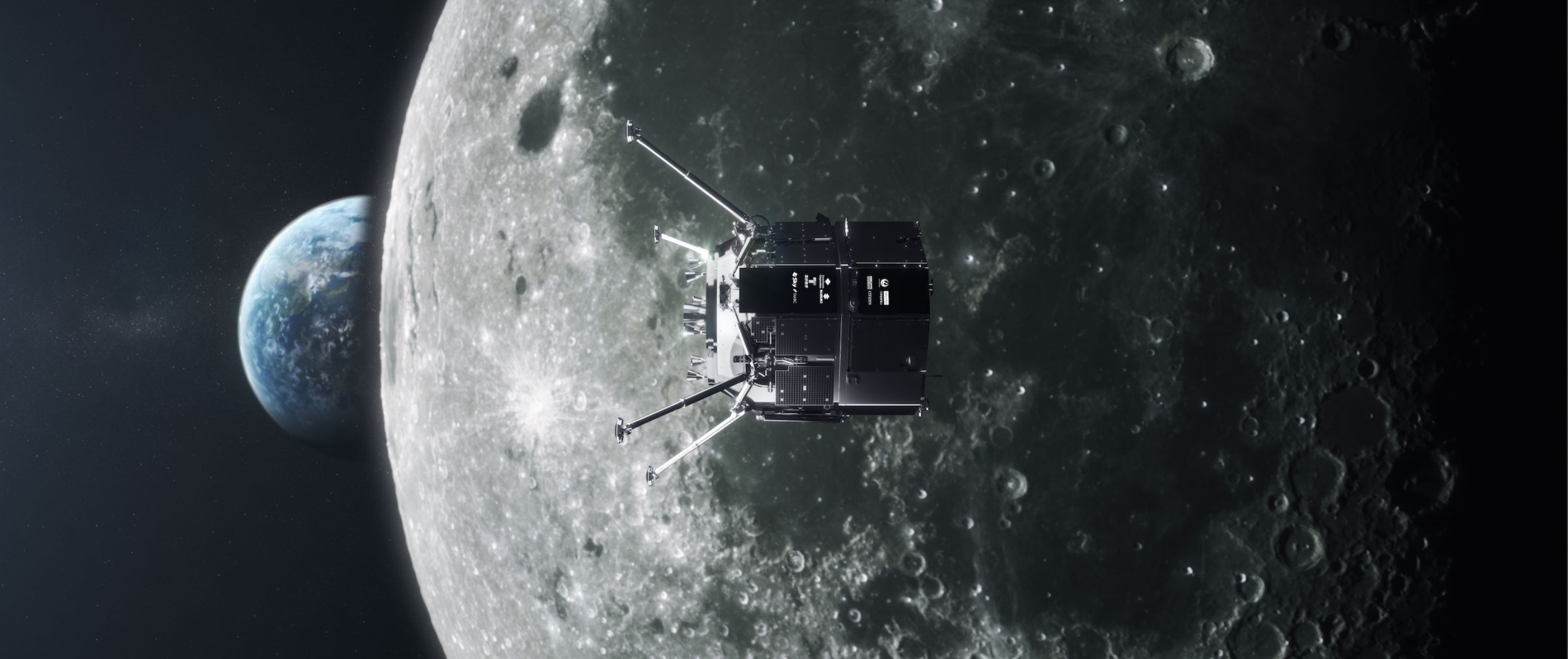
Ispace wants to be the first commercial company to land an uncrewed spacecraft on the Moon.
A SpaceX Falcon 9 rocket successfully launched ispace’s Hakuto-R Mission 1 lunar lander into space on Dec. 11 from Cape Canaveral.
Ispace aims to have its Series I Lander become the first commercial uncrewed lunar lander to touch down safely on the Moon. The Tokyo-based company has previously said it would take the lander between three to five months to reach the Moon.
The spacecraft established stable communications with the Hakuto-R Mission Control Center in Nihonbashi, Tokyo, shortly after launch, ispace said Dec. 11.
Ispace said Dec. 12 that it had established a stable attitude and power supply for its lunar lander. The company says there were no detected deficiencies in the lander’s core systems, and initial critical operational conditions were achieved.
The startup next plans to complete a controlled orbital maneuver that will set the lander on course toward the Moon, as well as verify the status of the spacecraft’s main propulsion, guidance, control and navigation systems. Over a one-month period, ispace aims to test the lander’s deep-space flight abilities by completing nominal orbital and control maneuvers, it says.
After that, the company aims to have the lander complete its first lunar orbit insertion maneuver before initiating the landing sequence and touching down on the Moon. Ispace plans to have the lunar lander establish steady telecommunications and power supply on the Moon’s surface to show that it can support customer payloads for surface operations.
The Series I lander has a 66-lb. payload capacity for items such as rovers, scientific equipment and cameras. About 7.5 ft. x 8.5 ft. in size, with a 750-lb. dry weight, the spacecraft is relatively small. By making the lander smaller, ispace says it can ride as a secondary payload on a rocket, reducing launch costs.
Ispace is also participating in NASA’s Commercial Lunar Payload Services program as a subcontractor for Charles Stark Draper Laboratory’s science payload delivery mission to the Moon in 2025. That mission, called CP-12, aims to deliver scientific equipment to the Moon’s far side to measure seismic and thermomechanical activity, and capture data about its magnetic field, electrical activity, heat flow and surface weathering.


